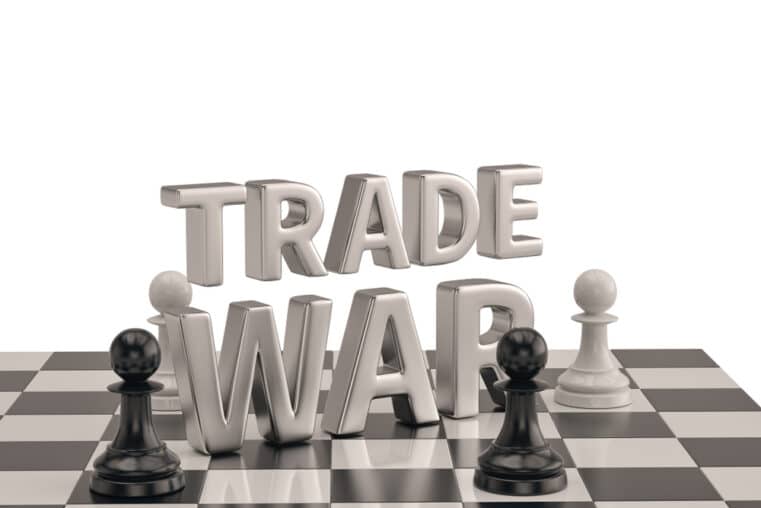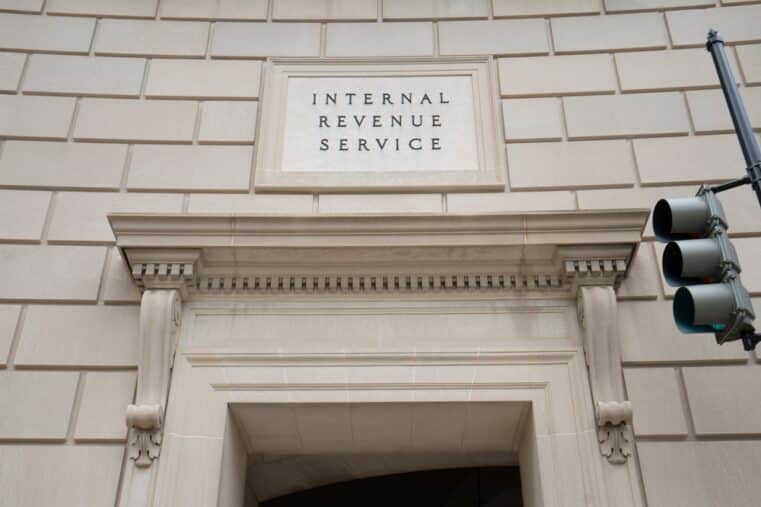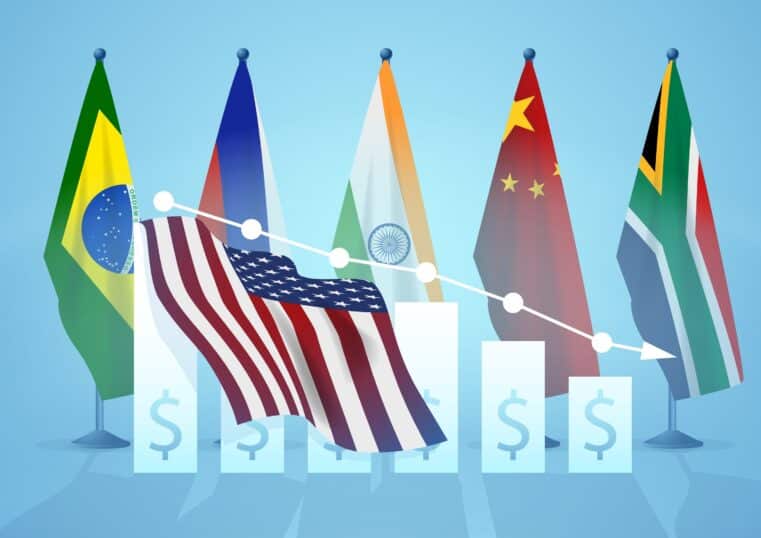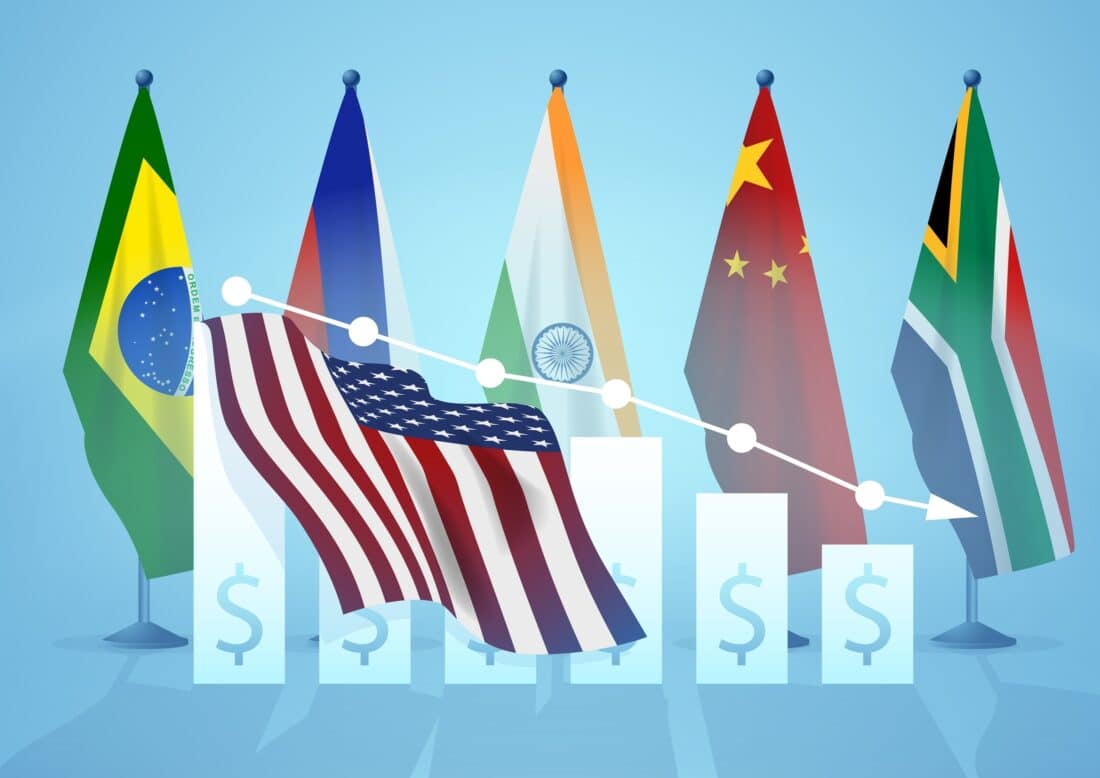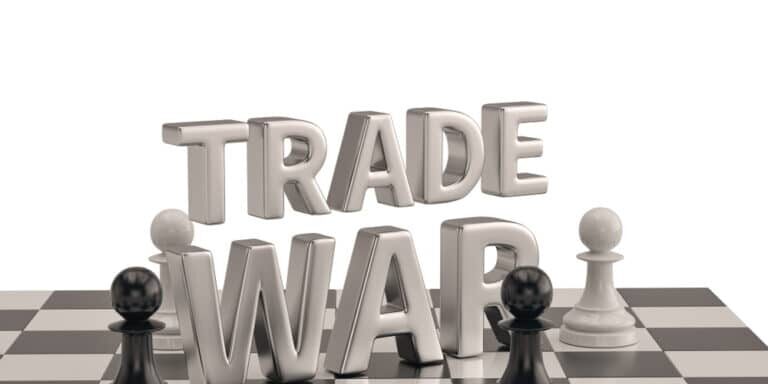
The New Trade Wars: Trump’s Tariffs Set the Stage for a Global Economic Battle
Trump’s Opening Move
On February 1, Trump announced sweeping tariffs aimed at three of America’s biggest trading partners. Effective February 3, all imports from Mexico and Canada would be hit with a 25% tariff, with one exception—Canadian energy, which faced a 10% tariff. On top of that, Trump imposed an additional 10% tariff on all Chinese imports, adding to the still-lingering tariffs from his 2018 trade war.
Then, just hours before the tariffs took effect, everything shifted.
Mexico Makes a Deal
Trump’s move sent shockwaves through Mexico, forcing immediate action. In a last-minute agreement, Mexican President Claudia Sheinbaum promised to deploy 10,000 troops to the U.S.-Mexico border to crack down on illegal immigration and fentanyl trafficking—two of Trump’s major justifications for the tariffs. Trump, in turn, postponed the tariffs for 30 days, setting a new deadline of March 3, 2025.
This was a major concession from Mexico. Trump had already stationed 5,000 U.S. troops at the border, and the crackdown was yielding results—illegal border crossings had already plummeted 96% compared to the Biden era. Mexico’s troop surge signaled that they were willing to play ball.
Canada Follows Suit
Initially, Canadian Prime Minister Justin Trudeau resisted making any concessions. But by the evening of February 3, he caved—offering the exact same deal as Mexico: 10,000 troops on the border and stronger measures against illegal crossings and fentanyl. Trump accepted, postponing Canadian tariffs by 30 days.
But if Trudeau thought this would be the end of it, he was dead wrong.
Trade War Heats Up: China and the EU Enter the Fight
Just as Mexico and Canada were working to de-escalate tensions, China retaliated with its own tariffs, slapping a 15% border tax on U.S. coal and liquefied natural gas (LNG) and a 10% tariff on American crude oil, agricultural machinery, and large-engine cars.
Trump didn’t back down. His response? A new 25% tariff on all steel and aluminum imports—a move that will hit Canadian exports particularly hard.
And the fight isn’t stopping there. Trump has already signaled that EU tariffs are coming next, likely at 10% across the board. While the U.K. might get some leniency, Prime Minister Keir Starmer’s pro-EU stance could land Britain in the same tariff pile as the rest of Europe.
A Full-Scale Global Trade War
Let’s be clear: This isn’t just a North American trade dispute anymore. The U.S. already has crippling financial sanctions on Russia due to the Ukraine war. Now, with escalating tensions with China, the EU, and even Canada, a full-scale global trade war is officially underway.
And if you think the elites are panicking, you’re right.
Why Mexico and Canada Matter
Mexico and Canada together account for almost 30% of all U.S. imports, with Canada at $421 billion and Mexico at $475 billion. These two nations are deeply integrated into the U.S. economy, particularly in industries like automotive manufacturing, agriculture, and consumer goods.
Trump’s tariff strategy is about more than just border security. It’s a direct strike against China’s growing influence in North America.
Here’s the real issue: Chinese companies have been quietly using Mexico as a backdoor into the U.S. market. They’ve been building auto factories in Mexico and using the U.S.-Mexico-Canada Trade Agreement (USMCA) to avoid American tariffs. Trump isn’t just hitting Mexico—he’s targeting Chinese-owned companies masquerading as “Mexican” manufacturers.
The Fallout for the Auto Industry
European automakers caught in the crossfire are already panicking. A senior Audi executive recently confided that their company is in full-blown crisis mode. Audi just spent billions building a new factory in Mexico to produce its Q5 SUV for the U.S. market—only to find that Trump’s tariffs could price it out of competition.
Volkswagen, which owns Audi, may now face serious financial consequences due to this strategic miscalculation. If Trump and Mexico can agree to carve out exemptions for American manufacturers while hammering Chinese and EU firms, the economic landscape of North American auto manufacturing will shift dramatically.
Canada’s Problem: Trudeau’s Weak Position
While Mexico has the leverage to negotiate, Canada is in a far worse position. Trudeau is already a lame duck—he’s stepping down as party leader, and the race to replace him is heating up. His likely successor, Chrystia Freeland, is a radical trade hawk who has openly embraced anti-Trump policies.
Freeland’s proposed response to Trump’s tariffs is extreme:
- Dollar-for-dollar tariff retaliation against the U.S.
- A global anti-Trump trade alliance with the EU, Mexico, and Denmark
- Banning U.S. companies from bidding on Canadian government contracts
- Restricting Canadian energy exports to the U.S.
Even more extreme is Ottawa Premier Doug Ford, who has called for cutting off all Canadian energy exports to America and tearing up deals with Elon Musk’s Starlink.
But here’s the problem: Canada’s economy relies heavily on exports to the U.S.—especially energy. Trump’s lower 10% tariff on Canadian energy (compared to 25% for other goods) is a signal that he’s willing to negotiate.
The wild card? Canada’s upcoming October 2025 election. If Pierre Poilievre, the Conservative Party leader, takes power, expect a far more cooperative stance on trade. Trump may be willing to ease tariffs in exchange for more favorable energy agreements, tougher border security, and reductions in fentanyl trafficking.
What Comes Next?
This is just the beginning. Trump is playing a high-stakes game of economic warfare, and the implications stretch far beyond trade. The key battle lines are:
- Mexico’s crackdown on Chinese firms using it as a backdoor into the U.S.
- Canada’s political chaos and upcoming elections.
- Trump’s next round of tariffs on the EU.
- China’s retaliation and potential escalation.
Make no mistake: This isn’t just about trade—it’s about control. Globalization’s grip on the U.S. economy is slipping, and Trump is taking a sledgehammer to the system that enriched the elites at the expense of the middle class.
If you want to protect your wealth in these turbulent times, you need to be several steps ahead. That’s why Bill Brocius put together a free guide: "7 Steps to Protect Your Account from Bank Failure." Get it here before the next economic shockwave hits:
And if you really want to stay ahead of the game, get direct insights from Bill Brocius himself by joining his Inner Circle newsletter for just $19.95/month. The global economy is shifting—make sure you’re on the right side of history.




